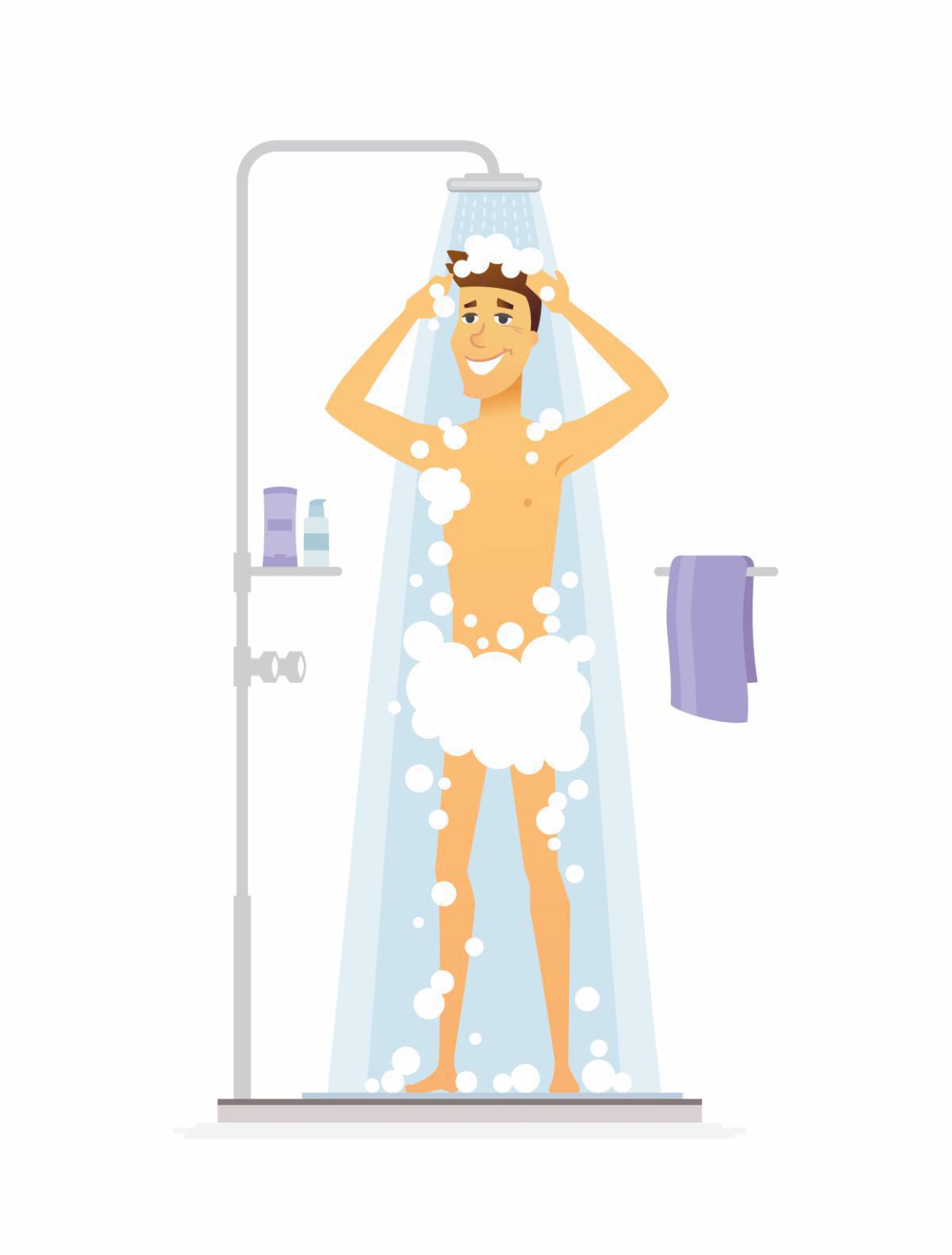Personal Activities of Daily Living (PADLs) are essential self-care tasks that include:
- Washing – Bathing, showering, and maintaining personal hygiene.
- Toileting – Using the toilet independently, including personal hygiene and managing incontinence products if needed.
- Dressing – Selecting and putting on clothing, as well as managing medical or surgical appliances.
- Feeding – Eating independently once food is prepared.
- Mobility – Moving around safely, including walking, sitting, and standing.
- Transferring – Moving between surfaces, such as from a bed to a chair or wheelchair.
Washing
The ability to bathe or shower independently, including getting in and out safely.
As people age, balance issues, reduced mobility, and sensitivity to cold can make this task more difficult. Assistance with washing can help prevent falls and other injuries.
Toileting
This includes getting to and from the toilet, using it properly, and maintaining hygiene. It can also include being able to manage the use of incontinence products or surgical appliances.
Loss of bladder and bowel control is common with age resulting in the need for incontinence products. Older people are also at a greater risk of falls, so unassisted toileting can increase the risk of injury (minor and major) for the elderly.
Dressing
Dressing involves choosing appropriate clothing, putting it on, and managing appearance. It also includes fastening braces, artificial limbs, or medical appliances.
Health conditions like arthritis, stroke, broken bones, or dementia may make dressing more challenging, so extra help can be required when getting dressed.
Feeding
Feeding means eating independently once food is prepared.
Some older adults may struggle to feed themselves completely. This can be due to reduced motor skills, swallowing difficulties, or cognitive decline. Memory loss or reduced appetite can also lead to missed meals or poor nutrition.
Mobility
Functional mobility refers to the ability to move around safely on level surfaces by yourself. It also includes sitting, standing, walking, and navigating stairs. It also involves transferring between furniture, such as getting on and off the toilet or couch.
Health conditions like arthritis, stroke and broken bones can create mobility challenges for older people.
Transferring
Similar to functional mobility (and the terms are sometimes used interchangeably), transferring focuses on all aspects of being able to move between surfaces, such as from a bed to a chair or wheelchair and back again. While similar to mobility, transferring focuses on specific movements required for safe transitions.

